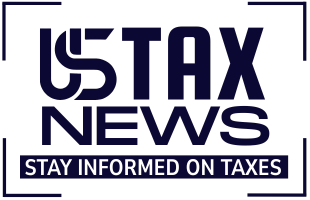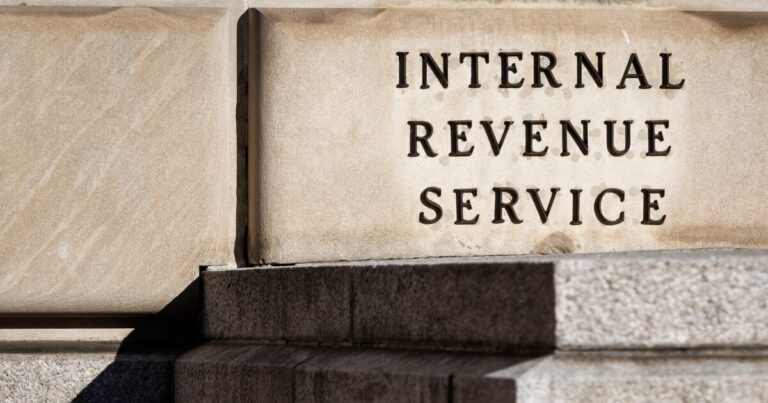The Internal Revenue Service’s progress in improving tax compliance in recent years has been threatened by cuts in funding and hiring, according to a new report.
The report, released by the Treasury Inspector General for Tax Administration, examined IRS trends in compliance activities through fiscal year 2023. That was a year after the IRS initially received nearly $80 billion in extra funding over 10 years under the Inflation Reduction Act of 2022, much of it aimed at improving enforcement, taxpayer service and technology. However, that extra funding was repeatedly clawed back by Congress.
“The IRS initially received $79.4 billion from the IRA,” said the report. “However, as of March 2025, Congress subsequently reduced IRA funding to $37.6 billion with all reductions coming from enforcement funding.”
The report revealed that filings for all types of tax returns resulted in approximately $4.7 trillion of total tax revenue collected during FY 2023, but that was about $207 billion less than FY 2022, despite the extra funding from the IRA.
In FY 2023, $10.1 billion in enforcement revenue was collected by the IRS’s Automated Collection System, leading to an average of $3.1 million collected by each Automated Collection System employee at the IRS. In addition, Field Collection collected a total of $5.9 billion, resulting in an average of about $2.9 million collected by each Field Collection employee. The total proposed additional tax after examinations increased from about $12.9 billion in FY 2020 to $31.9 billion in FY 2023.
The IRS set its sights on collecting more from high-income taxpayers and large partnerships, as well as corporations. The report found that high-income taxpayer and partnership audits steadily increased from FY 2020 to FY 2023, but large corporation audits neverthe;ess decreased due to the IRS’s focus on partnerships and high-income individuals.
In FY 2023, the Field Examination function proposed $24.1 billion in additional tax after examination, resulting in an average of about $3.4 million in proposed adjustments by each field examination employee. A total of $7.8 billion in additional tax after examination was proposed by Correspondence examinations, resulting in an average of $2.6 million in proposed adjustments by each correspondence examination employee. With the extra IRA funding, the IRS initially began making plans to increase its enforcement workforce. While the total number of Field Collection, Campus Collection, and Examination staff decreased from 18,472 employees in FY 2020 to 17,475 in FY 2023 due to attrition, the IRS hired 4,048 revenue officers and revenue agents in FY 2024.
However, the report noted, in January of this year, a Presidential Memorandum signed by President Trump on Inauguration Day implemented a hiring freeze and subsequently commenced early retirement initiatives for federal employees. In February, the IRS began reductions in force and reorganization plans as part of an effort to shrink the size of the federal government.
“Although the IRS made substantial progress with its hiring goals in FY 2024, the rescissions of funds, hiring freeze, and future reductions in force will present a challenge to enforcing the nation’s tax laws,” said the report.
The measures included allowing eligible employees to resign under the Deferred Resignation Program, issuing termination notices to probationary employees, and commencing early retirement initiatives for federal employees.
According to another recent TIGTA report, over 11,000 IRS employees (or 11% of the IRS workforce) were either approved for the DRP or received termination notices during their probationary period (as of March 2025). More recent figures from a report in June by National Taxpayer Advocate Erin Collins have been much higher, at 26%.
Further resignations are anticipated after the Treasury Department offered a second deferred resignation program (DRP 2.0) on April 5, 2025.
The IRS initially believed that IRA investments in service, technology and enforcement efforts would significantly improve its ability to address the Tax Gap. “However, the IRS’s ability to move forward with these efforts is uncertain considering the IRA enforcement funding decrease, along with recent government-wide cost cutting initiatives,” said the report. TIGTA plans to analyze the effects of these cuts in future reviews of IRS compliance statistics.


